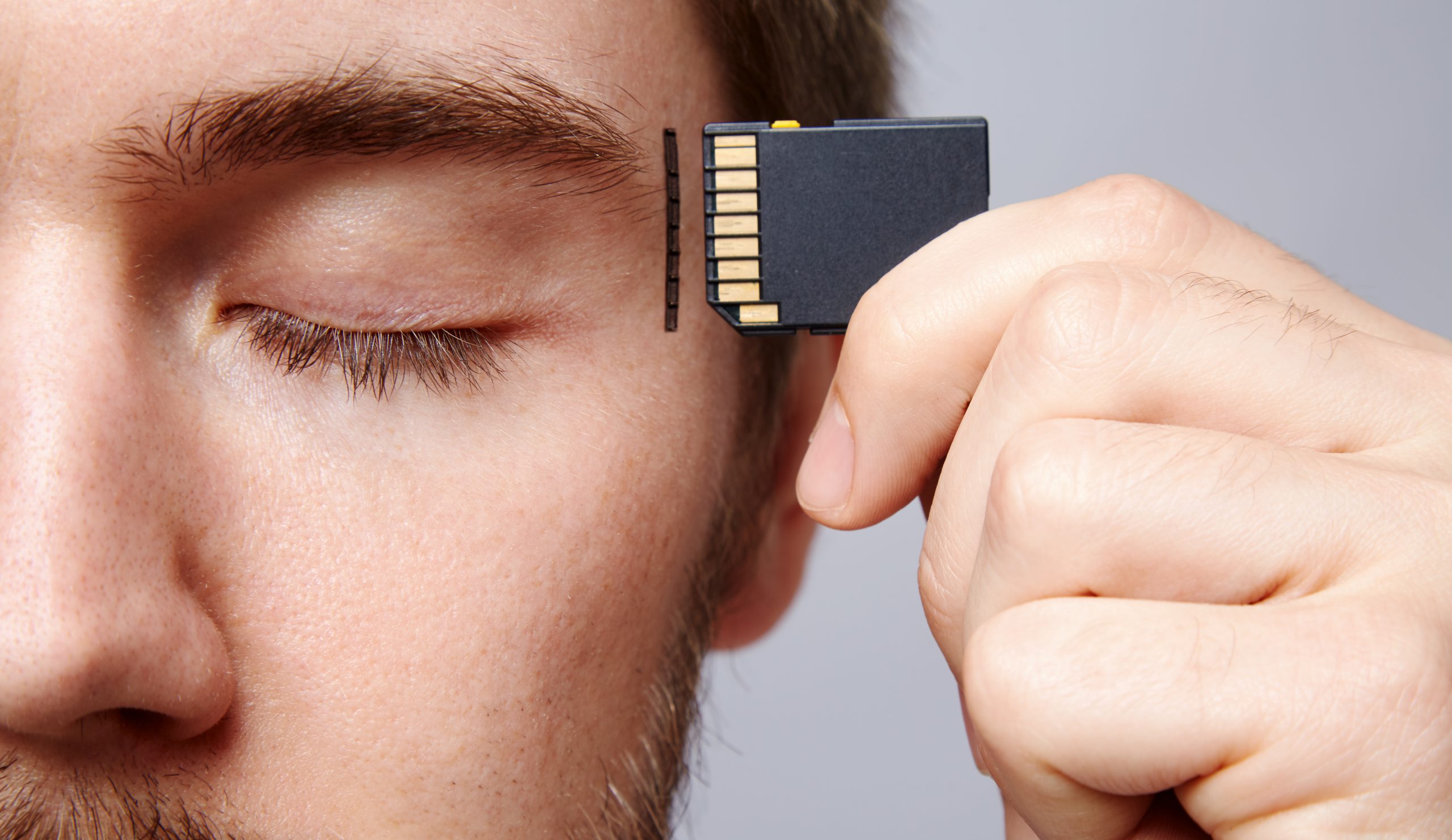Medics live and breathe mnemonics, particularly during medical school, when knowledge is fresh and un-applied.
Our course How to Prepare for the Prescribing Safety Assessment includes 12 useful mnemonics that help to snatch up marks that might otherwise have been lost. In this article, we will share three mnemonics and tips on how to ensure the ones you use will stick in your mind.
Mnemonic #1: PReSCRIBER, the ideal prescription checklist
It is important to standardise your approach to reviewing prescriptions. As a doctor, every detail counts, which is why checklists like these are so helpful:
Patient details
Name, DOB, hospital number, etc
Reactions
Does the patient’s chart include allergies or reactions to any medications involved?
Signatures
Each and every prescribed drug must be signed.
Contraindications
A circumstance that indicates that a drug should not be used in the clinical context.
Route
Only move a patient’s regular medication from oral to intravenous if you have serious concerns that oral administration isn’t working. Consider if any medications that are currently being administered IV can be stepped down to an oral formulation.
IV Fluids
Given to those who are acutely unwell, as a method of fluid resuscitation, or in smaller amounts for fluid maintenance.
Blood clotting
Most patients receive low molecular weight heparin while at hospital. Most drug charts include an assessment tool for the necessity of LMWH.
AntiEmetic medications
Antiemetics should be administered intravenously if a patient is vomiting severely.
Relief of pain
Use the Analgesic pain ladder to assess what strength of pain relief is necessary.
Mnemonic #2: DIRE, the causes of hypokalaemia
Derangement of potassium levels is a common cause for concern on the wards. It is important, therefore, that the causes of low levels (hypokalaemia) and high levels (hyperkalaemia) are easy for you to recall.
When a patient is hypokalaemic, the situation is DIRE:
Drugs (namely loop and thiazide diuretics)
Inadequate intake/intestinal loss
Renal tubular acidosis
Endocrine disorders (Cushing’s and Conn’s syndrome)
Mnemonic #3: DREAD, the causes of hyperkalaemia
Hyperkalaemia should fill you with DREAD:
Drugs (K+ sparing diuretics and ACEi)
Renal failure
Endocrine causes (Addison’s disease)
Artefact (eg a haemolysed sample)
DKA
To distinguish DREAD from DIRE, just remember that the emotion of dread is a “heightened” state, reminding you of heightened potassium levels. The word “dire” evokes more of a depressive feeling, reminding you of depressed potassium levels.
How to make sure a mnemonic sticks
Everyone learns in their own way. A method that works for many people is flashcards. However, flashcards only work if they are done properly.
We’ll start with the most common way to do them improperly.
Here is how you make a terrible flashcard:
FRONT
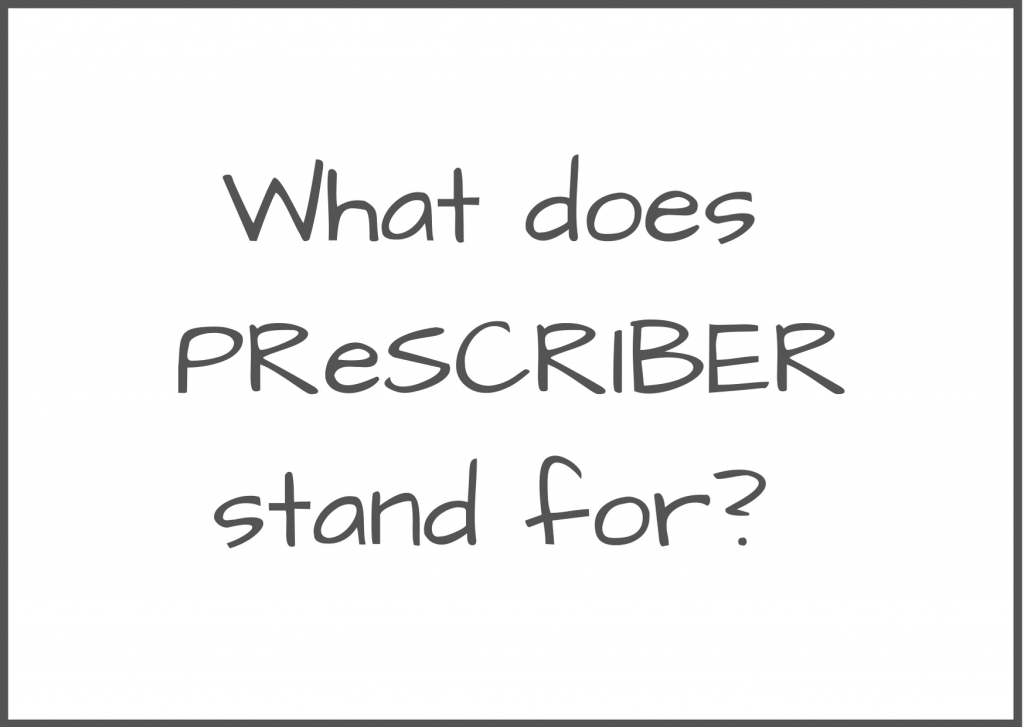
BACK
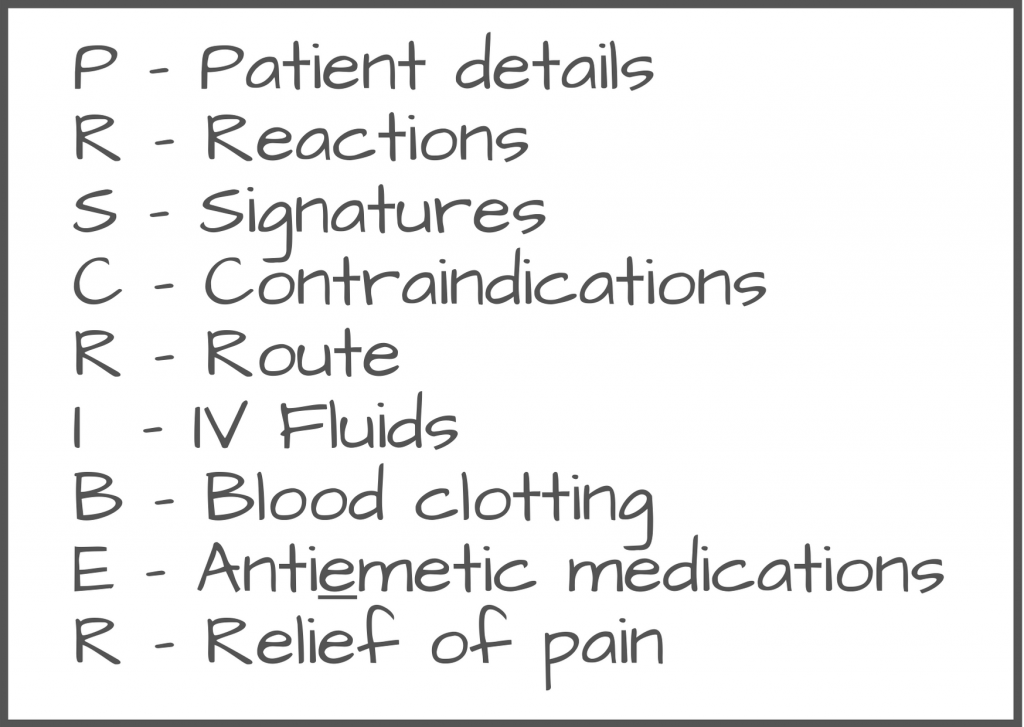
Here is how you make powerful flashcards:
FRONT
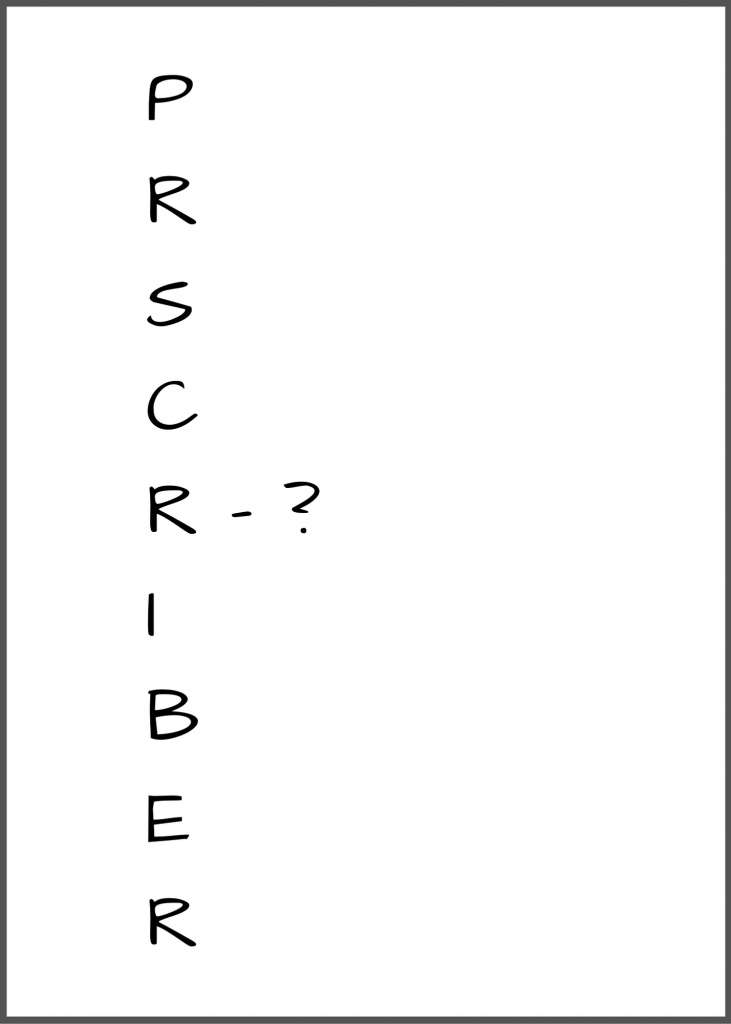
BACK
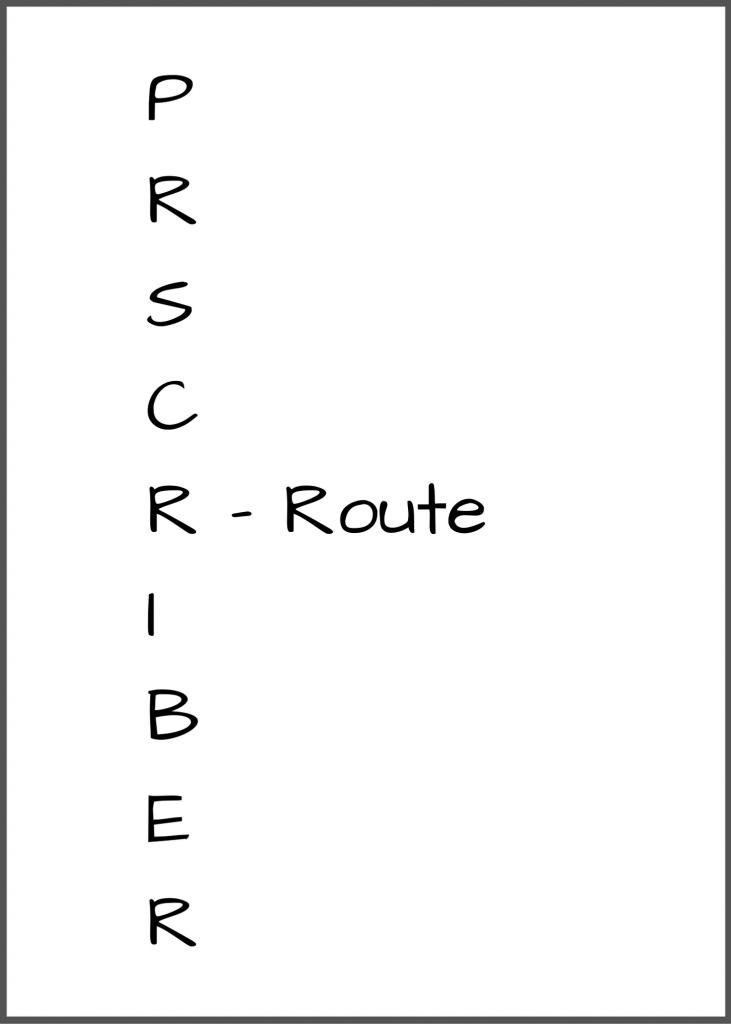
Each flashcard should encode as little information as possible. For example, instead of including what “Route” means on the same card, use another:
FRONT
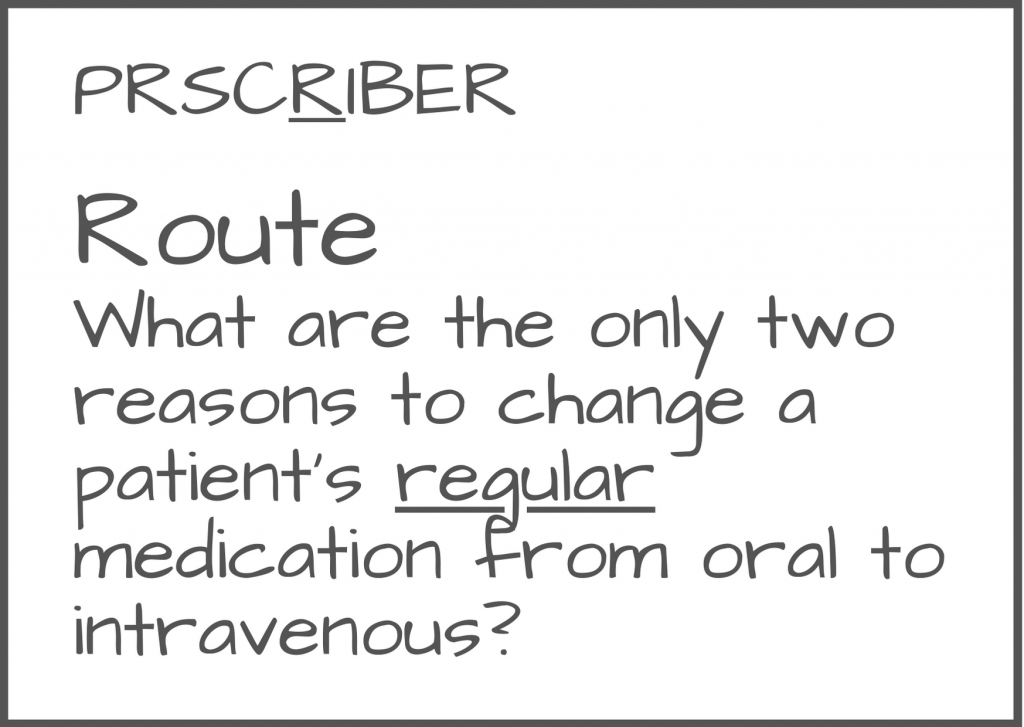
BACK
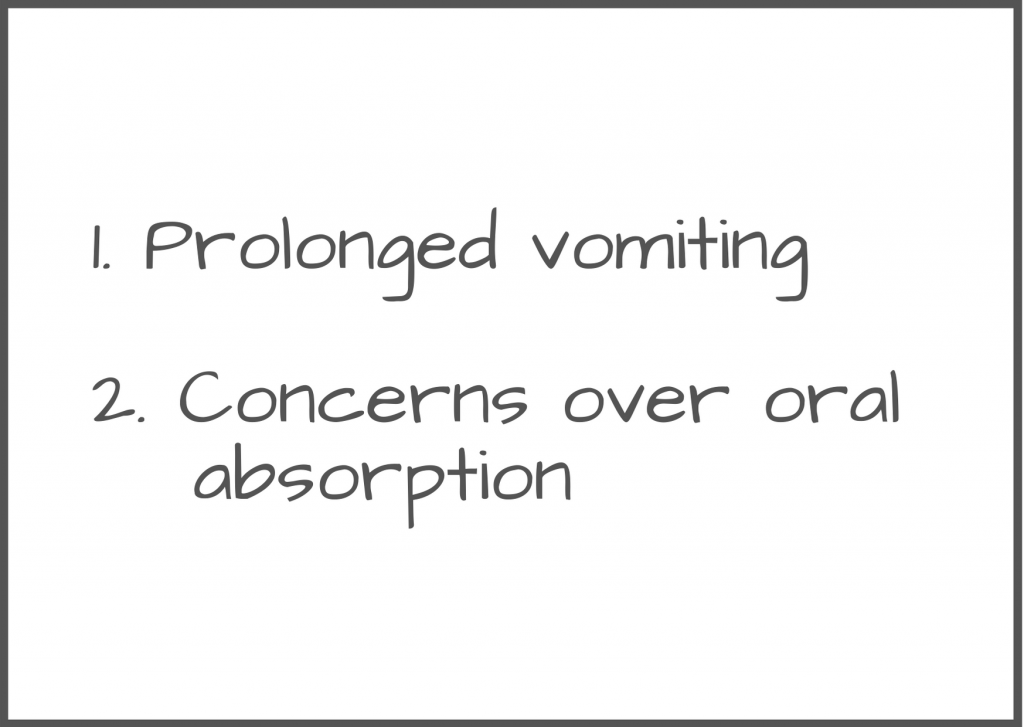
How to Prepare for the Prescribing Safety Assessment
Our full course on the PSA is designed to focus you on the most important information to excel in the exam. Included are common mistakes and how to avoid them, prescribing scenarios that junior doctors are most usually faced with, sample questions, and a crib sheet to help you practice accurate prescription calculations.

